By Arnold Blumberg
In 1896, the .30-40 “Model 1896 Krag Rifle” became the standard United States Army’s first bolt-action, magazine, smokeless-powder service rifle. The Danish design was popularly known as the Krag-Jorgensen, named for its creator, Colonel Ole Krag, director of Norway’s Kongsberg Arsenal, and Eric Jorgensen, one of the work’s engineers. Despite its design improvements, the Krag-Jorgensen experienced a short life as America’s primary infantry small arm.
The shortcomings of the Krag-Jorgensen became apparent during the Spanish-American War of 1898. Its cumbersome locking system, coupled with a low-powered cartridge, and its difficulty in adapting to clip-loading made it unfavorable compared to the Spaniards’ more effective charger-loaded German Model 1893 Mauser rifle, with its higher muzzle velocity, greater accuracy, and ability to be modified for clip-loading.
Sprinfield Armory Makes the 1900 Prototype
The result was that the United States Army Ordnance Board authorized the Springfield Armory, located in Springfield, Massachusetts, to manufacture an experimental magazine rifle based on the Mauser and Krag. They tested their prototype during October and November 1900; as a result of these trials, the Board recommended the new weapon be adopted by the Army. The design was stronger than the Krag-Jorgensen; with fewer parts it was cheaper to build and easier to operate; and it could be easily fitted with a Mauser-type magazine.
The United States Government followed the Board’s recommendation and entered into arrangements with the Mauser Company to build a modified Mauser at a cost of $200,000. To employ a better cartridge than was currently in service, the 1900 prototype was replaced by another experimental rifle, developed in 1901. This was described by the Chief of Ordnance as “embodying all the merits of the present service arm and has been made, with simpler machining cuts, fewer parts and doubled lugged bolt for use of a cartridge giving 2,200 or more feet per second velocity…” The new 1901 Model replaced the knife-like bayonet of the Krag-Jorgensen with a sliding rod bayonet mechanism of the kind used in the Model 1884 Caliber.45 trap door Springfield rifle. Tests of the 1901 experimental rifle led to the design of a slightly improved weapon: the prototype 1902, which used a 220-grain blunt- nose shape bullet rimless .30 caliber round which, although more powerful than its predecessor, caused severe bore erosion.
On June 20, 1903, after all tests of the 1901 and 1902 experimental rifles were completed, and the Board of Ordnance’s recommended changes were issued, orders went out to the Springfield Armory, to start manufacturing 225 and 125 Model 1903 rifles per day, respectively. Since it was first manufactured at the National Armory at Springfield, the rifle came to be known as the “1903 Springfield Rifle”. Its official title was the “US Magazine Rifle, Caliber .30 Model of 1903”. Eventually, the Springfield Armory would be directed to produce 700 per day.
First Models of the 1903 Springfield Rifle
Developers first featured the 1903 Springfield along a two-piece, single-banded wooden body with a straight stock. Internal mechanisms were held at the rear of the body with the 24” barrel protruding a short distance ahead of the fore end. The bolt handle, situated over the right side of the receiver, had a ball at its end to ensure an easier handgrip. The magazine was internal and fixed in place, requiring the use of cartridge “chargers” (prefabricated strips containing five cartridges). Front and end iron sights were fitted to the weapon, rounding out the weapon’s weight to about nine pounds. The 1903, a short rifle successfully filled the dual role of an accurate infantry weapon and a carbine for use by mounted troops.
In 1905, improvements to the Model 1903 Springfield introduced new front and rear sights, and the Model 1905 knife bayonet. The next year, responding to the introduction of the German “spitzer” (pointed) bullet, the US adopted a 150-grain pointed round to replace the .30-03 bullet, and the rifle was again redesigned to take the new ammunition. The rifle and cartridge then came to be known as the “30-06 Springfield”, a configuration that remained basically unchanged for the next 40 years.
The Springfield Rifle in Service
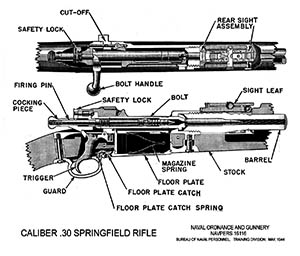 During World War I, the 1903 Springfield Rifle was widely used by U.S. forces. The rifle’s action was smooth and reliable under the worst battlefield conditions, and a trained shooter could get off 10 to 15 shots a minute. Accuracy was excellent, out to an effective range of 656 to 1,000 yards, with hits possible at 2,500 yards.
During World War I, the 1903 Springfield Rifle was widely used by U.S. forces. The rifle’s action was smooth and reliable under the worst battlefield conditions, and a trained shooter could get off 10 to 15 shots a minute. Accuracy was excellent, out to an effective range of 656 to 1,000 yards, with hits possible at 2,500 yards.
Due to its range, the 1903 rifle was also used as a sniper rifle. The Regular Army fitted some of their 1903s with a prismatic Warner and Swasey Model 1908 “Musket Sight”, while the Marines used a Model 1903 with a Winchester A-5 Scope. After the conflict in Europe ended, the government retained the 1903 as the standard issue for the Army instead of the .30 caliber Model 1917 Rifle (based on a 1914 British Enfield Rifle design) extensively employed by the American Army during the war.
Service After World War I
In the early 1930s, the U.S. Army adopted a version of the venerable 1903 Springfield in the form of the .30 caliber Model 1903A1 Special Target Rifle.
When the M1 Garand Semi-Automatic Rifle was adopted by the U.S. Army in 1936, production of the Model 1903 ceased. But at the start of World War II, the 1903 got an additional lease on life when its replacement, the Garand, became short in supply. The early fighting in the South Pacific was carried-out with the definitive Model 1903 Springfield, the Model 1903A3. Many were issued to rear area echelon personnel until early 1944. These rifles, cheaper to make than the original 1903, were authorized for the U.S. Armed Forces in May 1942, and were produced by the Remington Arms Company, and the Smith-Corona Typewriter Company. It was a redesign of the 1903A1 with one principle difference: the addition of an adjustable aperture sight mounted at the rear of the receiver. The 1903A3 could also fire grenades using the “MI” launcher.
A sniping version of the 1903A1, the Model 1903A4—the only sniper rifle to see significant service with the U.S. Army in World War II—was built by Remington. Weighing nine pounds six ounces, it was fitted with a M73B1 Telescopic Sight. During the war, the U.S. Marine Corps fought with the best American sniper rifle of the war—its Model 1903A1 using an 8X Unertl Telescope.
Rebuilt Model 1903A4s with “M84”Telescopes, as well as the Marine’s Model 1903A1 Unertl sniper rifles, served in the Korean War, and remarkably, some 1903A4s saw combat in the Vietnam War.
The last Model 1903 Springfield Rifle left American military service in 1974, after 1,300,00 plus were built, and 71 years after first entering the U.S. Army’s arsenal.
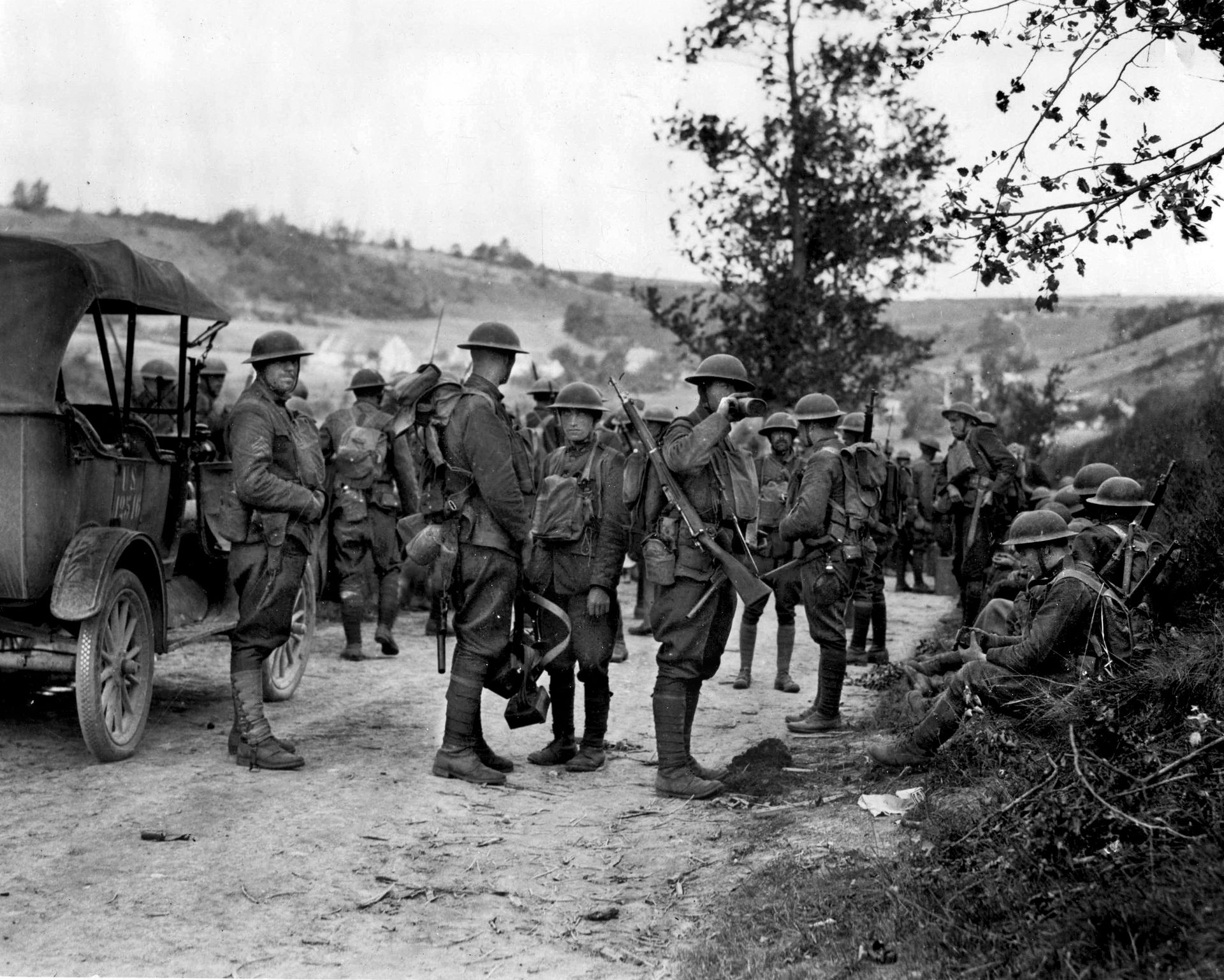
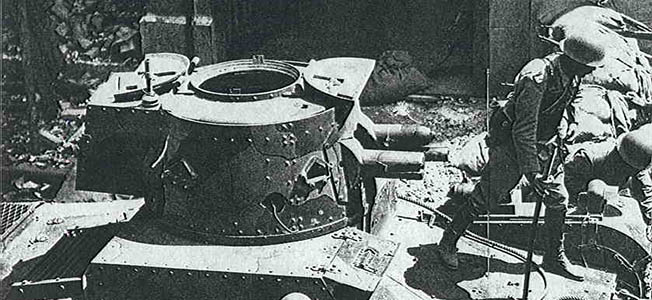
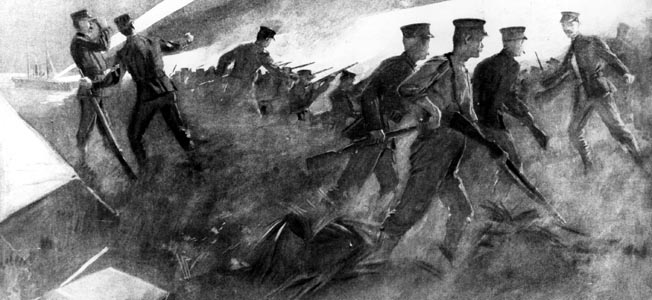

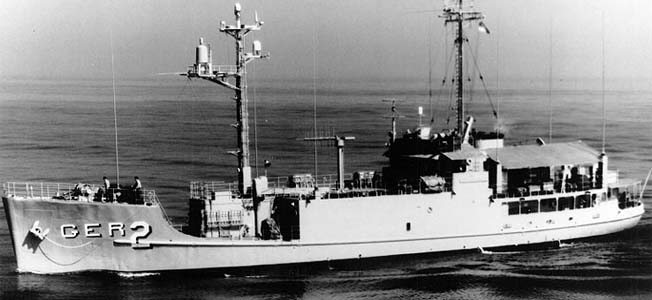
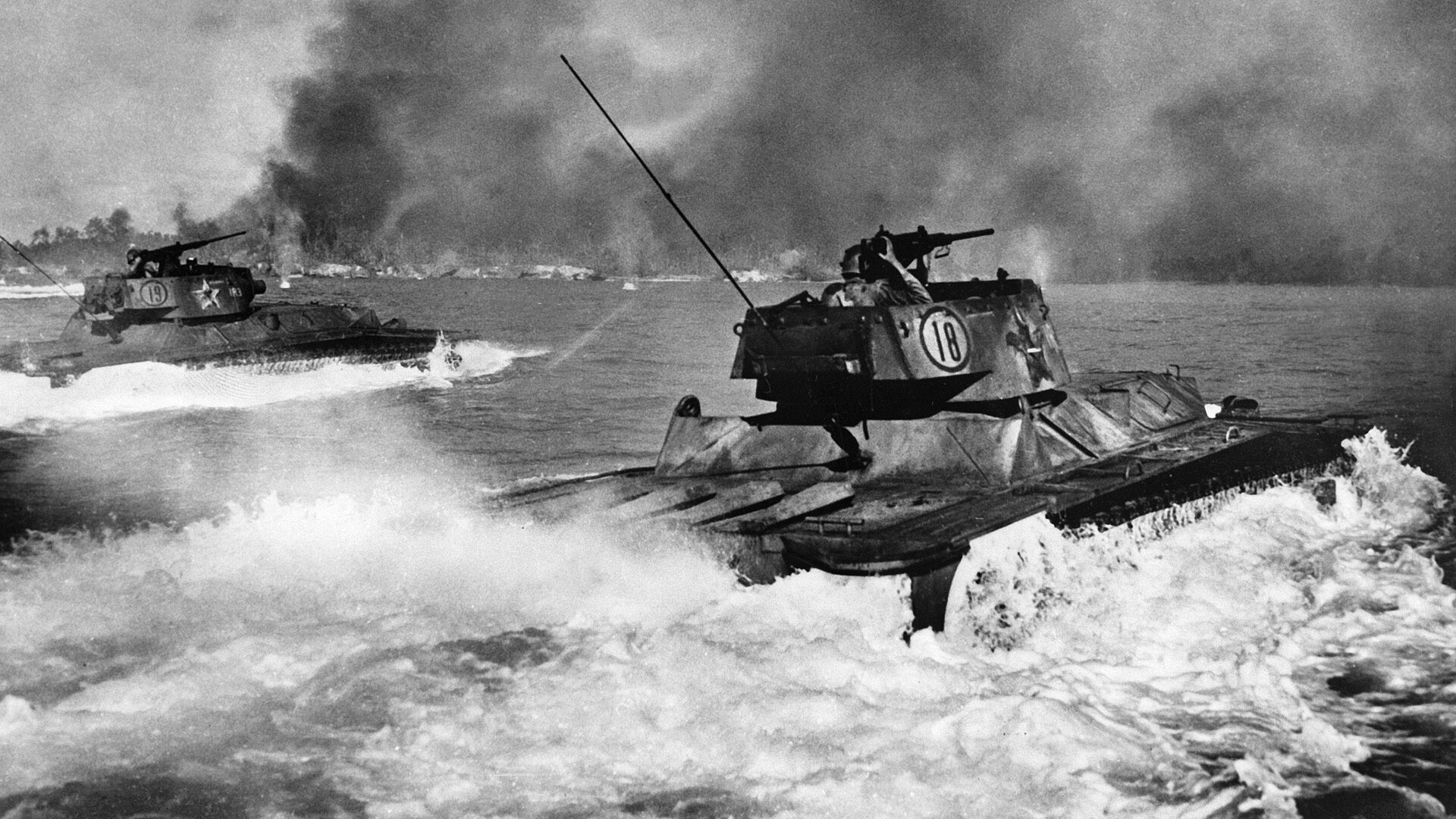
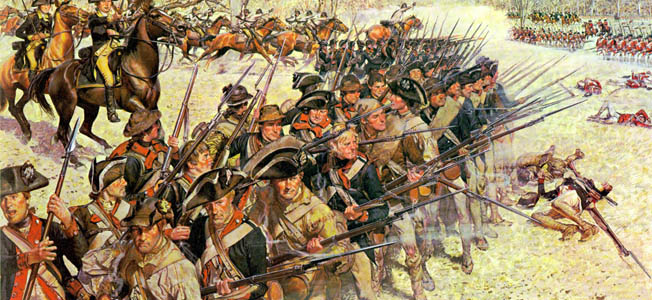
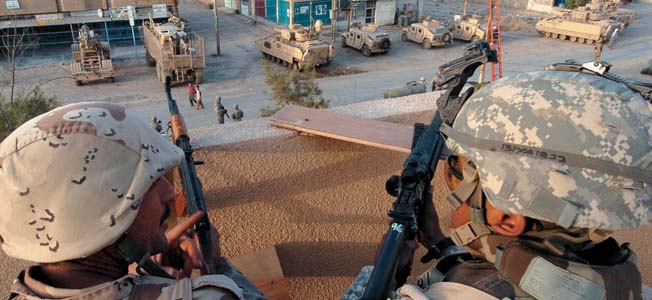

Join The Conversation
Comments
View All Comments